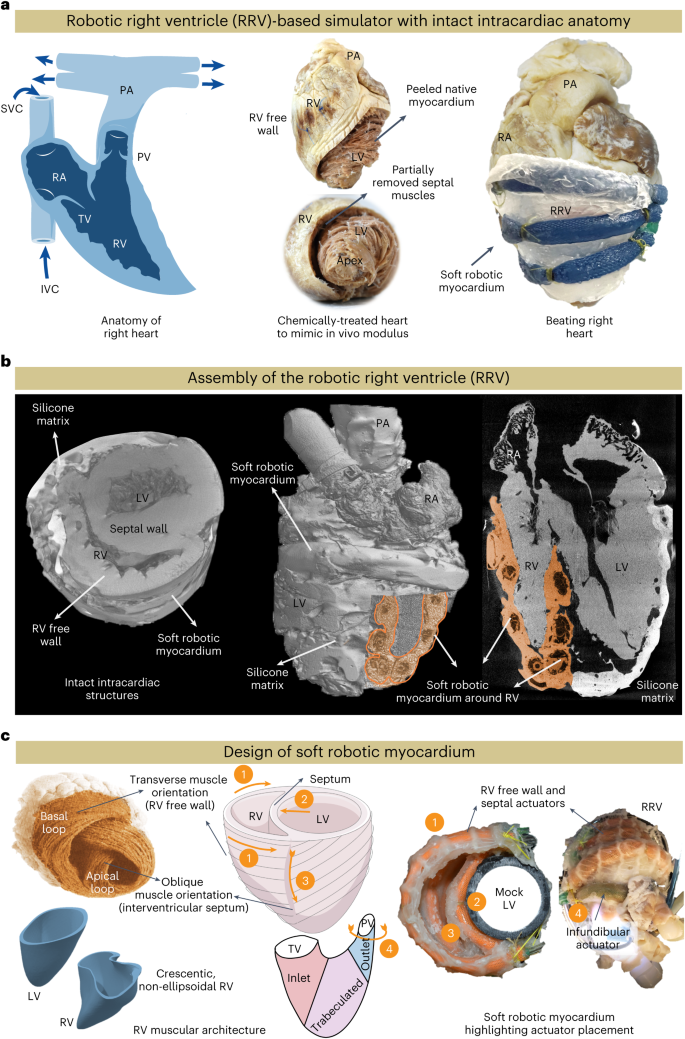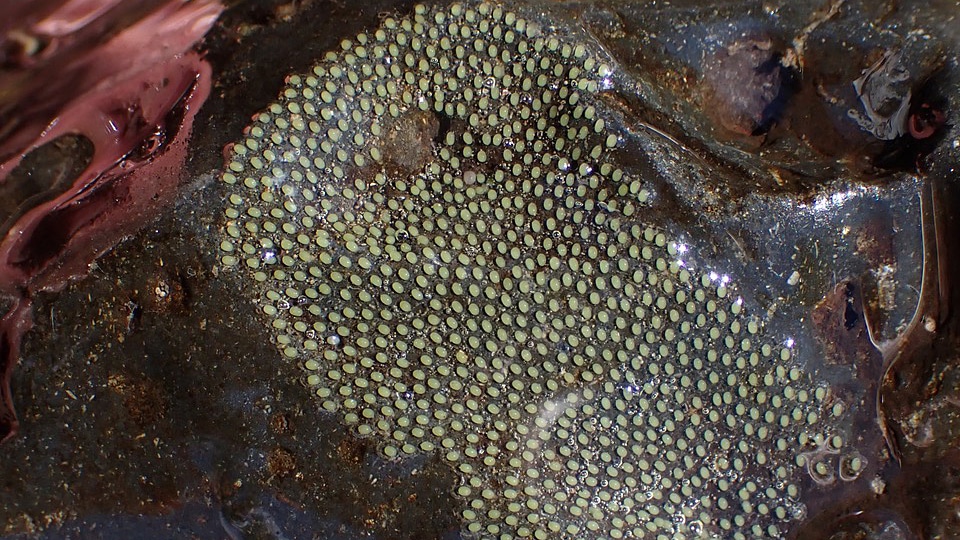2023-12-04 デューク大学(Duke)
◆彼らは小さなキャリアを使用した独自の薬物送達システムで骨形成細胞を保護し、最近承認された薬物を用いました。この研究は、放射線誘発性の骨損失という一般的な問題に対処し、がんが治癒してから数年後に患者を骨折しやすくする可能性があります。
<関連情報>
- https://medschool.duke.edu/news/new-strategy-protecting-bones-cancer-treatment
- https://www.science.org/doi/10.1126/scitranslmed.abo5217
放射線によるマウスの骨量減少は、骨格前駆細胞におけるHIF-2αの阻害によって改善される Radiation-induced bone loss in mice is ameliorated by inhibition of HIF-2α in skeletal progenitor cells
Wendi Guo,Jiaul Hoque,Carolina J. Garcia Garcia,Kassandra V. Spiller,Abigail P. Leinroth,Vijitha Puviindran,Cahil K. Potnis,Kiana A. Gunn,Hunter Newman,Koji Ishikawa,Tara N. Fujimoto,Denae W. Neill,Abagail M. Delahoussaye,Nerissa T. Williams,David G. Kirsch,Matthew J. Hilton,Shyni Varghese,Cullen M. Taniguchi,and Colleen Wu
Science Translational Medicine Published:29 Nov 2023
DOI:https://doi.org/10.1126/scitranslmed.abo5217

Editor’s summary
Radiotherapy frequently leads to bone loss. Here, Guo and colleagues explored the role of hypoxia signaling through HIF-2α in skeletal progenitor cells as a negative regulator of bone mass after radiotherapy in mice. Selective knockout of HIF-2α in leptin receptor-expressing skeletal progenitor cells rescued mice from decreased bone mass after total body irradiation. Pharmacologic inhibition of HIF-2α improved bone integrity; however, systemic treatment caused off-target effects. Therefore, a bone-targeting nanocarrier was developed to deliver localized HIF-2α inhibition, which alleviated radiation-induced bone loss without systemic off-target effects. This represents a promising targeted strategy that awaits further clinical validation. —Molly Ogle
Abstract
Radiotherapy remains a common treatment modality for cancer despite skeletal complications. However, there are currently no effective treatments for radiation-induced bone loss, and the consequences of radiotherapy on skeletal progenitor cell (SPC) survival and function remain unclear. After radiation, leptin receptor–expressing cells, which include a population of SPCs, become localized to hypoxic regions of the bone and stabilize the transcription factor hypoxia-inducible factor-2α (HIF-2α), thus suggesting a role for HIF-2α in the skeletal response to radiation. Here, we conditionally knocked out HIF-2α in leptin receptor–expressing cells and their descendants in mice. Radiation therapy in littermate control mice reduced bone mass; however, HIF-2α conditional knockout mice maintained bone mass comparable to nonirradiated control animals. HIF-2α negatively regulated the number of SPCs, bone formation, and bone mineralization. To test whether blocking HIF-2α pharmacologically could reduce bone loss during radiation, we administered a selective HIF-2α inhibitor called PT2399 (a structural analog of which was recently FDA-approved) to wild-type mice before radiation exposure. Pharmacological inhibition of HIF-2α was sufficient to prevent radiation-induced bone loss in a single-limb irradiation mouse model. Given that ~90% of patients who receive a HIF-2α inhibitor develop anemia because of off-target effects, we developed a bone-targeting nanocarrier formulation to deliver the HIF-2α inhibitor to mouse bone, to increase on-target efficacy and reduce off-target toxicities. Nanocarrier-loaded PT2399 prevented radiation-induced bone loss in mice while reducing drug accumulation in the kidney. Targeted inhibition of HIF-2α may represent a therapeutic approach for protecting bone during radiation therapy.


